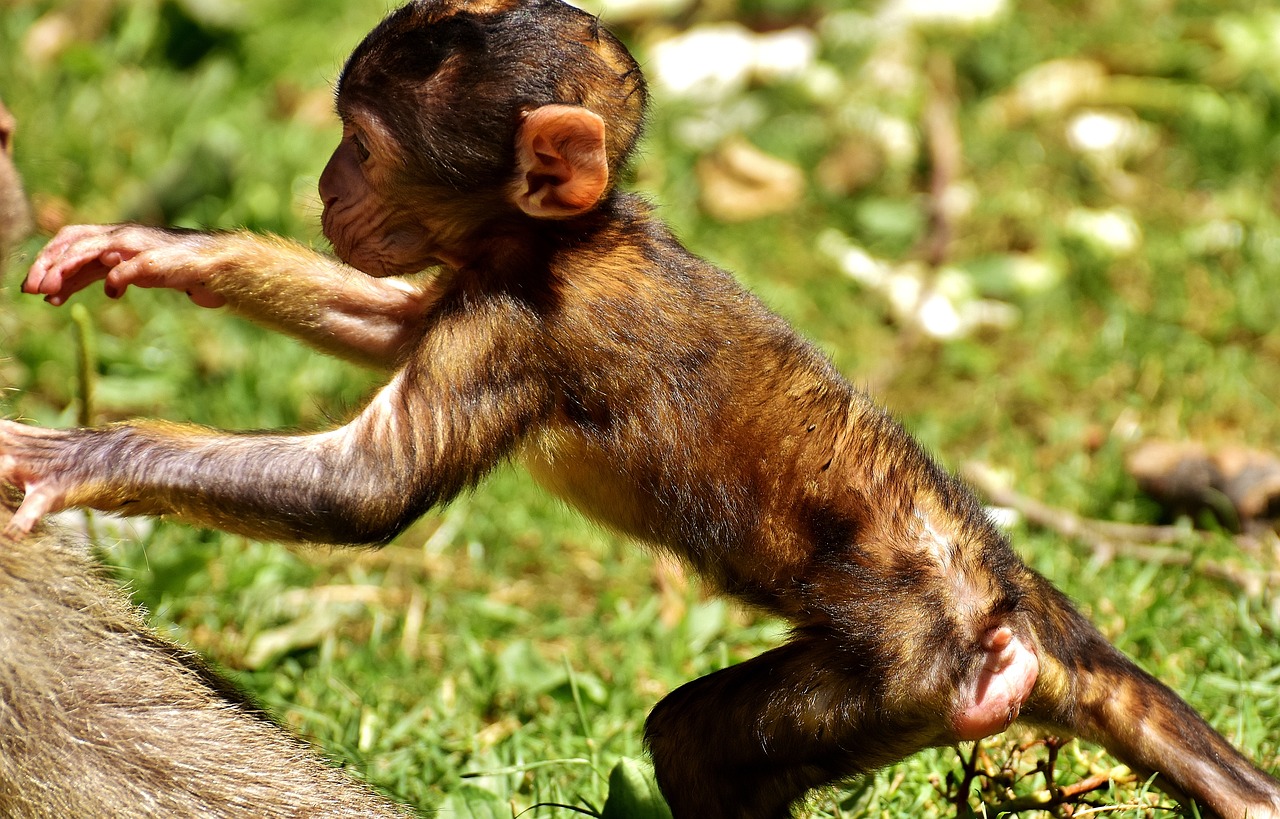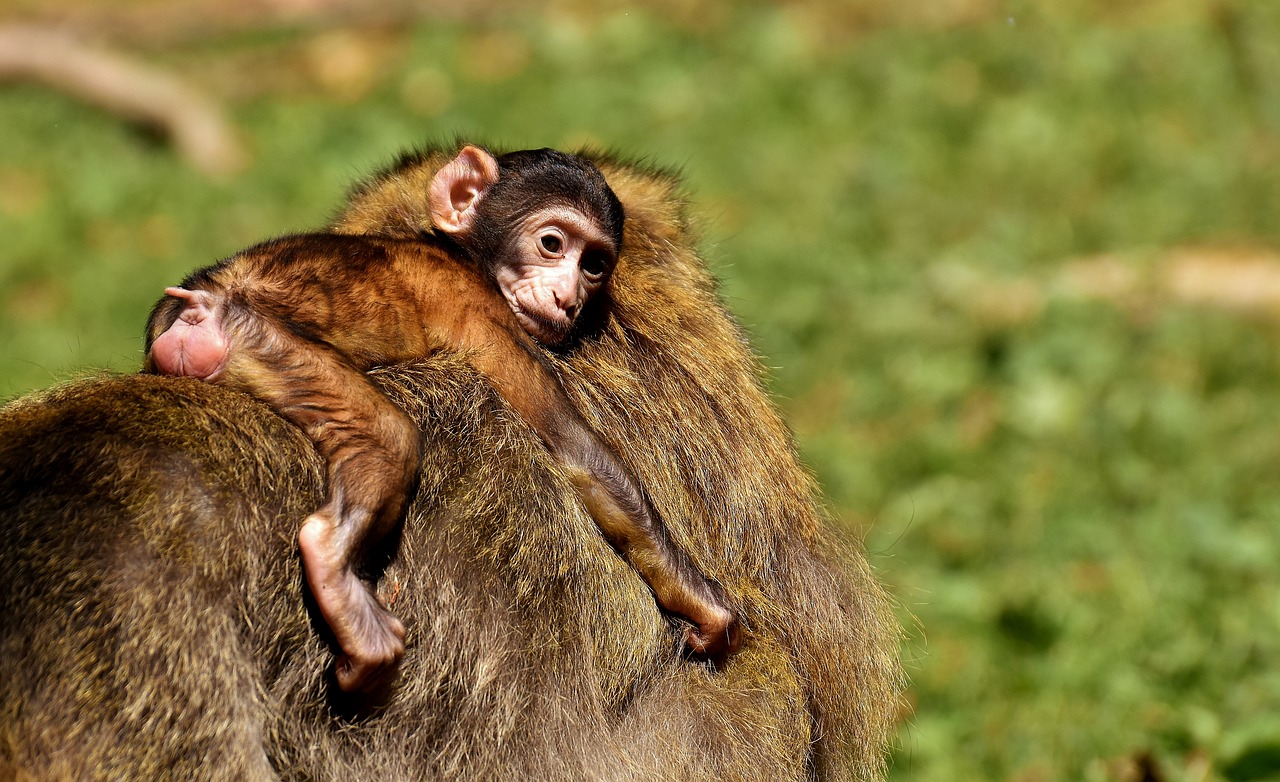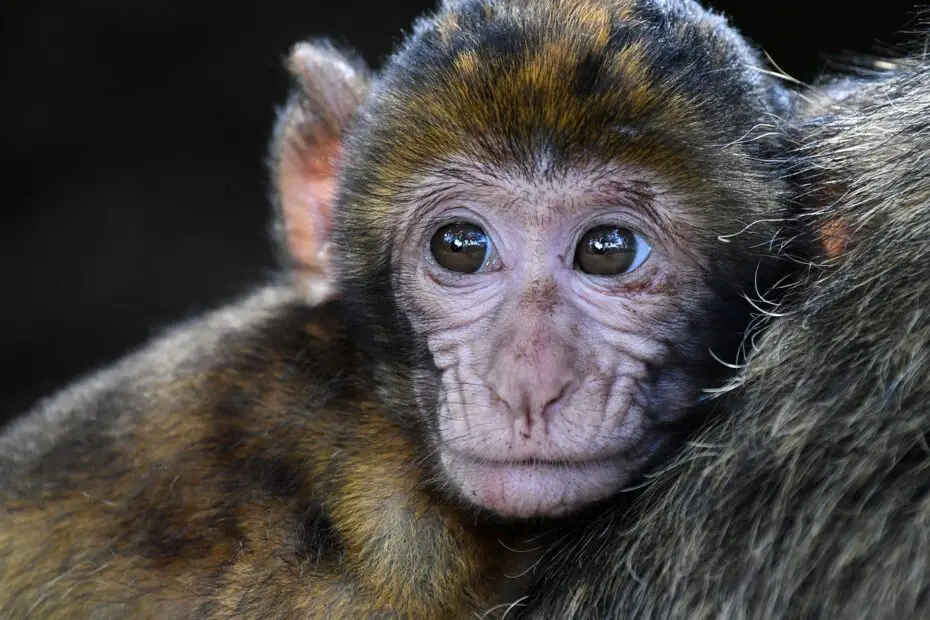There’s something undeniably captivating about baby monkeys. With their adorable faces and playful nature, these tiny creatures never fail to bring a smile to our faces. In this article, we will delve into the enchanting world of baby monkeys, exploring different types, their appearance, social behavior, and the care they require. Get ready to embark on a journey filled with cuteness and wonder!
You may also want to read about the finger monkey.
Types of Baby Monkeys
Baby monkeys come in various species, each with its unique characteristics. Let’s discover some popular types of baby monkeys.

Spider Monkey
Spider monkeys are known for their long, slender limbs and prehensile tails. Their infants cling tightly to their mothers, exploring the treetops as they swing gracefully from branch to branch.
Capuchin Monkey
Capuchin monkeys are small and agile, often seen with a playful curiosity. Their babies are incredibly endearing, with expressive eyes and mischievous antics.
Squirrel Monkey
Squirrel monkeys are pint-sized bundles of energy, renowned for their vibrant fur and playful nature. Their babies exhibit a high level of sociability and engage in extensive play behaviors with their peers.
Appearance and Development
Baby monkeys are born with distinct features that evolve as they grow. Let’s explore their appearance and development.
Newborn baby monkeys are typically small, fragile, and covered in fine hair. As they mature, their fur thickens and takes on the characteristics of their respective species. Their eyes gradually open, revealing the world around them, while their motor skills develop, allowing them to climb and explore their surroundings.
Social Behavior and Communication
Monkeys are highly social creatures, and baby monkeys are no exception. They engage in a range of behaviors to communicate and interact with their troop members.
Baby monkeys rely on their mothers and other troop members for protection, guidance, and learning. They communicate through a combination of vocalizations, facial expressions, body postures, and touch. These interactions form the foundation of their social development and strengthen the bonds within the troop.
Diet and Feeding Habits
As baby monkeys grow, their nutritional needs change. Let’s delve into their diet and feeding habits.
Baby monkeys initially depend on their mothers’ milk for nourishment. As they mature, they gradually transition to solid foods. Depending on the species, their diet may consist of fruits, leaves, flowers, insects, or small vertebrates. They learn to forage and explore different food sources under the watchful eyes of their caregivers.
Baby Monkey Care and Interaction
Caring for baby monkeys requires specialized knowledge and attention. Let’s explore the care and interaction requirements for these adorable creatures.
Baby monkeys thrive in an environment that mimics their natural habitat. Providing ample space, climbing structures, and enrichment activities promotes their physical and mental well-being. Close interaction with their human caregivers, in a safe and supervised manner, helps foster trust and socialization.

Legality and Ethical Considerations
Before considering a baby monkey as a pet, it’s essential to understand the legality and ethical considerations involved.
In many regions, keeping a monkey as a pet is illegal or strictly regulated due to their complex care needs and the potential impact on wild populations. It’s crucial to respect these laws and consider the ethical implications of removing a baby monkey from its natural habitat.
Conclusion
Baby monkeys are enchanting creatures that inspire awe and wonder. Their innocent charm and playful antics remind us of the beauty and diversity of the animal kingdom. However, it’s important to appreciate them from a distance and support conservation efforts to protect their natural habitats. By understanding their needs and promoting responsible stewardship, we can contribute to the well-being of these extraordinary beings.
FAQs
1. Can I keep a baby monkey as a pet?
In many places, keeping a baby monkey as a pet is illegal or highly regulated. It’s crucial to research and understand the laws and ethical considerations in your area before considering a monkey as a pet.
2. Do baby monkeys make good companions?
While baby monkeys are undeniably adorable, they require specialized care, attention, and an environment that replicates their natural habitat. Keeping a baby monkey as a pet is a significant responsibility that may not be suitable for everyone.
3. How long do baby monkeys stay with their mothers?
The duration varies among species, but baby monkeys generally stay with their mothers for several months to a few years, depending on their development and social dynamics within the troop.
4. Can baby monkeys be trained?
Baby monkeys can be trained to some extent, but their intelligence and behavior are highly complex. Training should be based on positive reinforcement techniques and done by professionals experienced in primate care.
5. Are baby monkeys endangered?
Several species of monkeys are endangered or vulnerable due to habitat loss, hunting, and the illegal pet trade. Supporting conservation organizations and responsible wildlife sanctuaries can help protect these incredible creatures.
